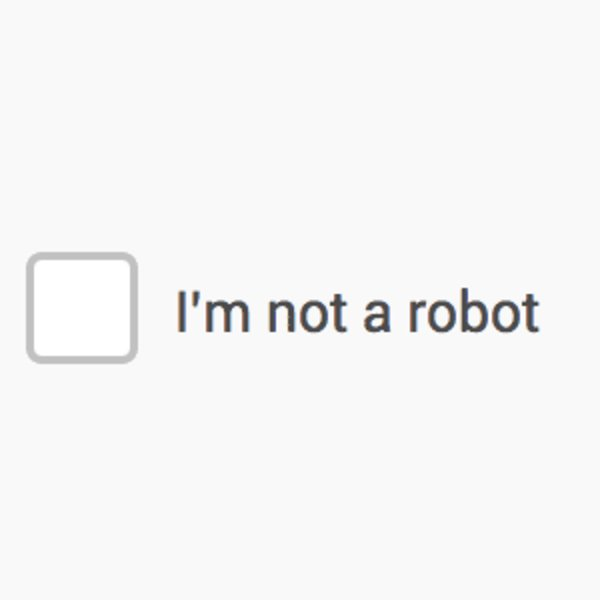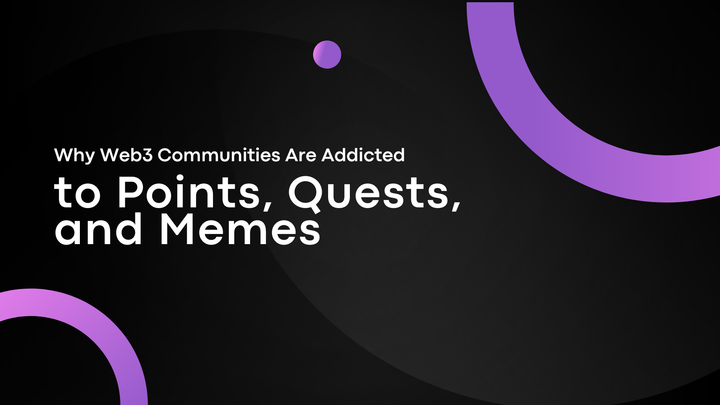Bots on the Blockchain: The Sybil Threat and the Quest for Human Verification

Introduction
"It was botted." "Bots are on the chain." These phrases are now commonplace in the Web3 ecosystem, especially around airdrops, mints, and tokenized reward systems. But what exactly are bots in this context, and why are they such a concern? This article breaks down what bots are, the effects they have on decentralized systems, and the technologies emerging to counter their misuse.
What Are Bots?
In computing, a bot (short for robot) is a software application programmed to perform automated, repetitive tasks. In the Web3 space, bots often perform actions such as sending transactions, minting NFTs, or claiming tokens—sometimes in ways that exploit systems not designed to handle such behavior at scale.
When deployed in large numbers—what we call bot farms—these programs can simulate thousands of unique users. The issue becomes especially problematic when bots are used to manipulate reward systems or overwhelm decentralized applications (dApps).
Understanding Sybil Attacks
A Sybil attack occurs when one entity creates multiple fake identities to gain disproportionate influence or rewards in a network. This is a particularly critical problem in blockchain ecosystems, where identity is pseudonymous and permissionless by default.
Sybil actors vary in scale:
- Small-scale Sybils: 3–5 wallet-controlled setups
- Mid-scale Sybils: 10–100 identities, often scripted
- Industrial-scale Sybils: Thousands of wallets managed with advanced automation
As Buterin et al. (2022) noted in their work on decentralized society, "proof-of-personhood" is crucial to building sybil-resistant networks.
Benefits and Dangers of Bots
Bots aren't always bad. In fact, developers often use them to stress-test blockchains, simulate user behavior, or benchmark network performance. However, without proper safeguards, bots can cause real harm:
- NFT mints: Bots can mint all tokens within seconds, leaving real users behind (e.g., Adidas' Into the Metaverse drop) .
- Skewed analytics: Bots bloat user metrics, undermining decision-making based on engagement.
- Resource drain: They consume gas, block access to resources, and undermine trust in fair participation.
Who's Fixing It? Real-World Efforts to Combat Sybils
A number of organizations have developed tools to verify humanity and resist Sybil behavior:
1. Gitcoin Passport
Gitcoin introduced Passport as a way to assign reputation scores to wallet addresses based on linked accounts and social proof. Sybil actors generally fail to accumulate a diverse and credible online presence.
2. Civic Pass
Civic offers NFTs that serve as identity attestations. Their “Proof of Uniqueness” protocol ensures one person can claim one identity, without needing to reveal their real-world identity .
3. Holonym
This privacy-preserving KYC platform enables users to prove government-issued ID ownership without exposing the data itself, using zero-knowledge proofs.
4. Humanity Protocol
Backed by Animoca Brands and designed by the team behind Polygon ID, Humanity Protocol uses palm-print biometrics to establish a one-human-one-wallet system. The process uses zk-proofs to protect user privacy while validating uniqueness .
5. Mercle
Mercle is building a social vouching network, where verified humans can attest to the humanity of others. This model, rooted in Web of Trust principles, enables human identity to scale organically while resisting Sybil entry .
Conclusion
Bots are an inevitable part of the decentralized future, but so is the fight to ensure fairness and human representation on-chain. As Web3 evolves, the challenge isn't just building more decentralized apps—it's ensuring that real humans are the ones using them.
Efforts like Gitcoin Passport, Civic, and Humanity Protocol signal a shift toward systems that respect both decentralization and identity. The war against Sybils is ongoing, but the tools to win it are growing stronger by the day.



Comments ()